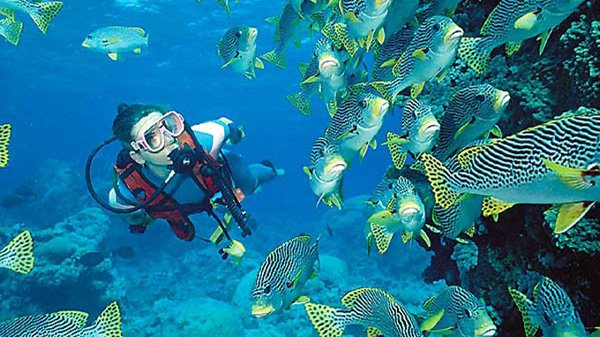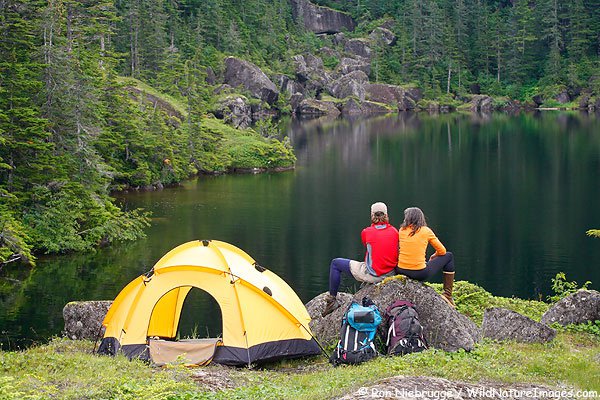
While marine archaeology is mainly confined to the academic and scientific world, it could be said that every diver who explores a wreck has an archaeological interest and responsibility. Both the seabed and many freshwater sites hold compelling historical secrets.
Rules for the Amateur
Although every dive has the potential to reveal historic artifacts, targeted methodical surveying is an altogether more serious business, as is the correct means of excavating and recording any finds. Archaeological divers can therefore be placed in one of two distinct categories - the serious professional diving archaeologist, and the enthusiastic amateur.
Although this is a field in which amateurs can make a very valuable contribution, it is essential that they do so only through involvement in an organized project, conducted by a recognized and authorized group. Far too many sites have been destroyed, and artifacts removed, by what amounts to vandalism and theft - the equivalent on land might be digging a historic site orburial ground without permission, which is unthinkable, of course.
There are many organizations that welcome help from amateur volunteers, and will supervise and guide you. The thrill of discovery really does reach a new level when it is shared with individuals who understand the full significance of a find. You may find that more scope for joining an organized project exists if you first undertake some training, perhaps by volunteering on digs on land.
Learning professional marine excavation and recovery techniques can be fascinating for the amateur. Archaeologists go to great lengths to avoid damaging a surveyed location, and even when they locate an item of interest, try to avoid intrusive collecting techniques or digging.
What to Expect
Marine archaeological expeditions are usually initiated because research or local knowledge has pointed to a region that has archaeological potential. Modern GPS (Global Positioning System) equipment has made pinpointing such sites much easier. On reaching the site, a detailed survey is generally first carried out.
This may involve using a datum line (a fixed reference line on the seabed from which measurements are taken), or pegging out a grid. Precise recording of the location and state of the site before digging is vital, and is usually conducted through photography or extensive sketching. Small test digs may take place before a full-scale excavation occurs, with the exact site of each find carefully logged, and the finds themselves sketched or photographed. Preservation and restoration techniques are extremely specialized for such finds. Marine archaeology is a long way from the derring-do of Indiana Jones, requiring organization, attention to detail, fine diving skills, and persistence.
How to catch more fish on sunny days


Tips for Inspecting Used RVs for Sale

Copyright © www.mycheapnfljerseys.com Outdoor sports All Rights Reserved